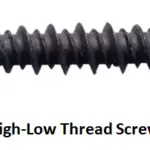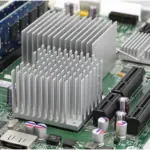A Computer Numeric Control or CNC is a computer program that feeds instructions to robotic arms. These robotic arms are used to design prototypes or full item products. CNC prototyping machines can use a wide variety of materials for designing. However, Aluminum is the best metal out of all.
Due to its excellent machinability, it has become the most sought after alloy for CNC prototyping. Aluminum hosts some absorbing mechanical and thermal properties to offer.
Thanks to its robust mechanical properties and capabilities to bend into any shape, CNC aluminum has been increasingly used in designing prototypes and full mechanical parts. That is why the automotive industry has welcomed this alloy with open arms. Many mechanical parts of a car, such as air-conditioning, wires, and lamps, are made from Aluminum. So, if you plan to have a custom aluminum part designed, you need to understand a few things about CNC machined Aluminum.
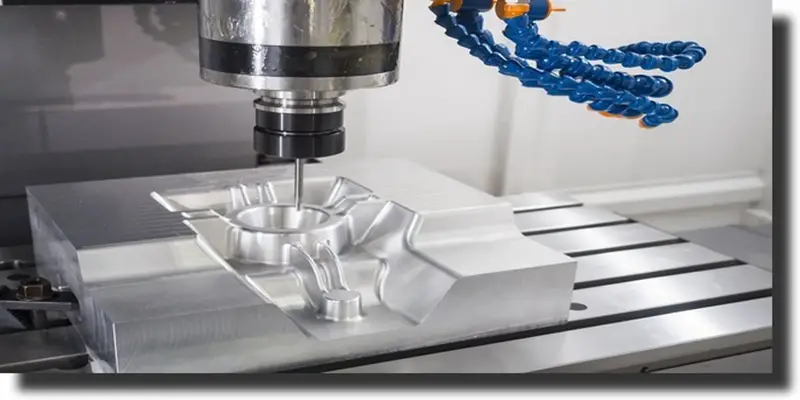
Understanding the Properties of CNC Aluminum
Aluminum is a soft, tractable, durable, and malleable metal that can be crafted into any shape or design. Its appearance can be shiny or dull grey, and thanks to its lightweight, it can be used in many heavy-duty machines. Aluminum melts at 640C (1184F), making it suitable for hot climate machines. It also conducts a fair amount of electricity; therefore, it is used in aluminum-air batteries.
Choose Your Aluminum Grade
When you decide on using custom aluminum parts for your prototype or full production, you will need to decide your aluminum grade. These are different forms of Aluminum segregated according to their chemical structure and physical properties.
Aluminum Grade 7075
This grade is the most popular form of Aluminum because of its tough nature and resistance to fatigue. This alloy is not suitable for welding because of its high cost. However, it is lightweight and robust durability makes it suitable for airplane wings. This alloy has better corrosion resistance; that is why it is also used in bicycle parts and fuselage, which is the main part of the airplane.
Aluminum Grade 6061
Aluminum 6061 is tough with excellent mechanical properties and durability. With maximum corrosion resistance, this alloy is best for weldability. It is the most sought-after grade thanks to its medium to high strength and ability to survive the harsh conditions, and cool anodizing. The elements that make up the structure of aluminum 6061 are silicon and magnesium.
Aluminum Grade 2024
Aluminum 2024 is heat-treatable allow with copper as its primary element. This alloy is used in the military for the production of airplanes and truck wheels. Aluminum 2024 is also used in the aerospace sector and other places that require resistance to weariness. However, unlike the other grades, aluminum 2024 has more solidity than weight. That is why this alloy is best suited for military aircraft structures.
Also Read:
- Difference Between NC and CNC Machine
- What is Water Jet Machining – Working Principle, Advantages and Disadvantages with Application
- What is Slotter Machine – Parts, Types, Working, Operations, Advantages and Disadvantages?
CNC Aluminum Prototype Machining And Custom Aluminum Parts
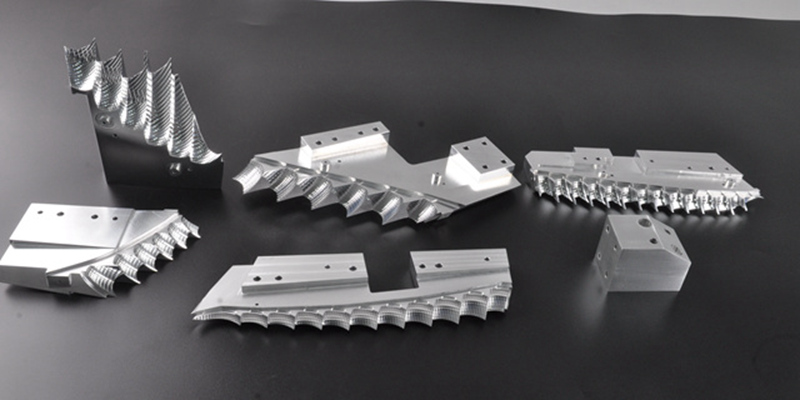
The advent of CNC aluminum prototype machining has brought custom aluminum parts into the market. These custom machined parts (aluminum parts) are used in a variety of services. Below are some commonly designed custom aluminum parts.
- Front panels
- Lighting Fixtures
- Dowels Pins
- EMI-Housings
- Medical Devices
- Spline Shafts
CNC Aluminum Machining–Minimizing Production Obstacles
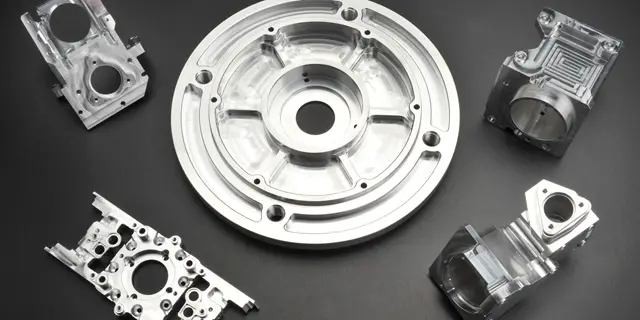
Aluminum has a lot of great uses in the manufacturing industry. Still, it is prone to a few drawbacks as well. Since the alloy is not as hard as steel or iron and expands when heated, it’s liable to deform. When cut into thin slices under heat, Aluminum might fold and lose its intended shape. However, there are some industrial methods to prevent this from happening.
Dissipate Heat Rather Than Concentrating
Since Aluminum is prone to expand under heat, it becomes challenging to mold it into the desired structure. The best practice to avoid deformation in CNC aluminum machining is to dissipate the heat. Instead of concentrating high temperature at one point, the alloy can be slowly heated across all points to maintain its shape and then be designed for desired results.
Avoid Twisting Cavity Walls
If your aluminum plate has several cavities, you are destined to twist one of the cavity walls due to force distribution. The best method to avoid this occurrence is that all the cavities should be processed simultaneously, which will equate all cavities and prevent the Aluminum from deforming.
What Are The Advantages Of CNC Machining For Prototyping?
CNC machining’s biggest advantage over other technologies for producing prototypes is that it uses solid materials. Thanks to this, its mechanical properties are robust and similar to injection molded parts.
The second advantage of CNC machining for prototyping is that it can be used for rare or expensive materials. Even for common materials like Aluminum, CNC machining is relatively cheaper. In contrast to its newest competitor: 3D printers, CNC aluminum machining produces better results.
Lastly, CNC machining can produce high-quality surface finishes. Where 3D printers leave scorched edges because of laser cutting, CNC prototypes present a perfect final prototype for crowd-fundings or presentations. However, the prototype’s quality via CNC technology depends on the materials selected and post-processing techniques.







